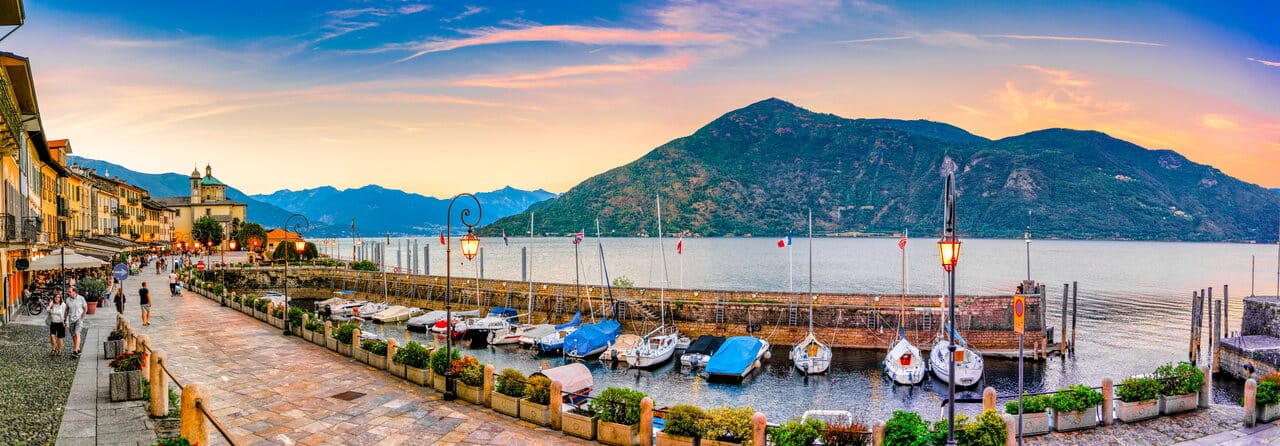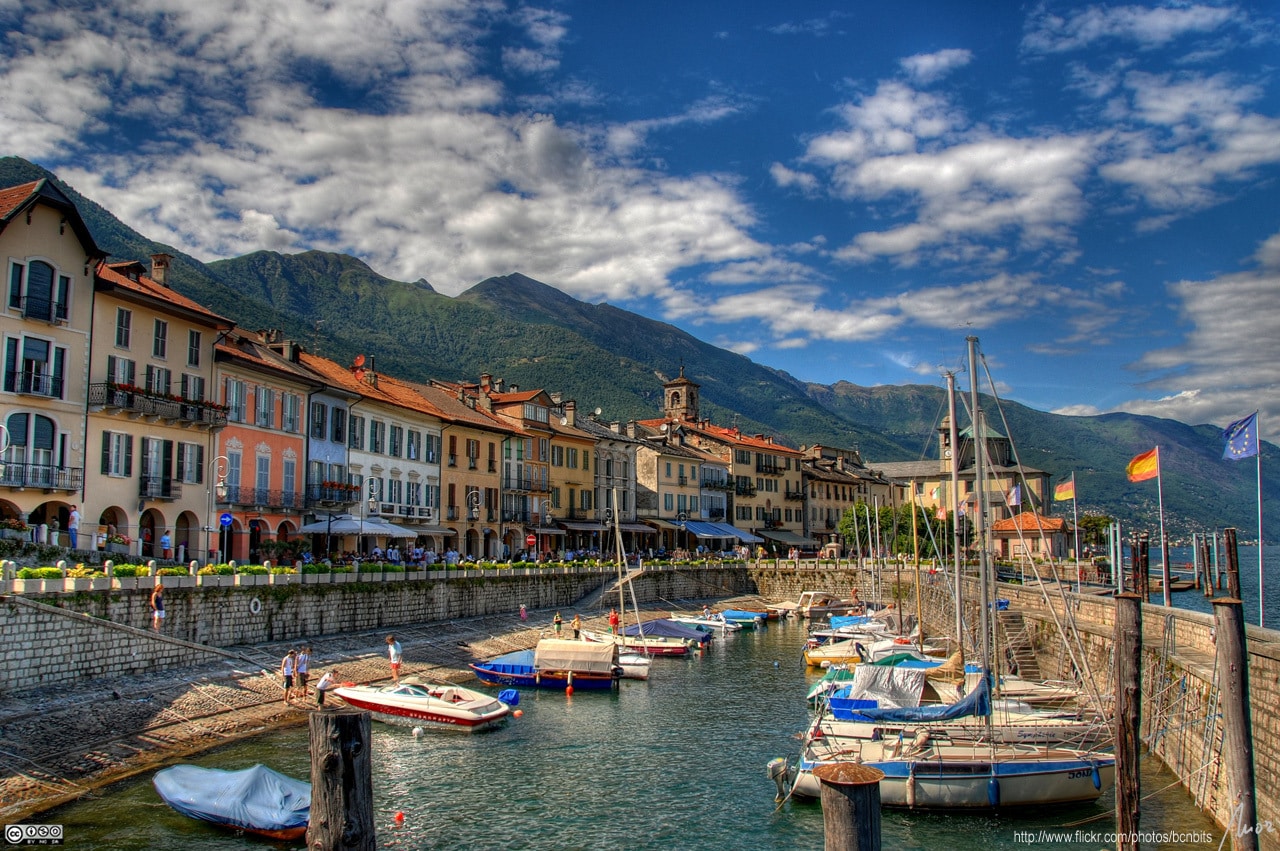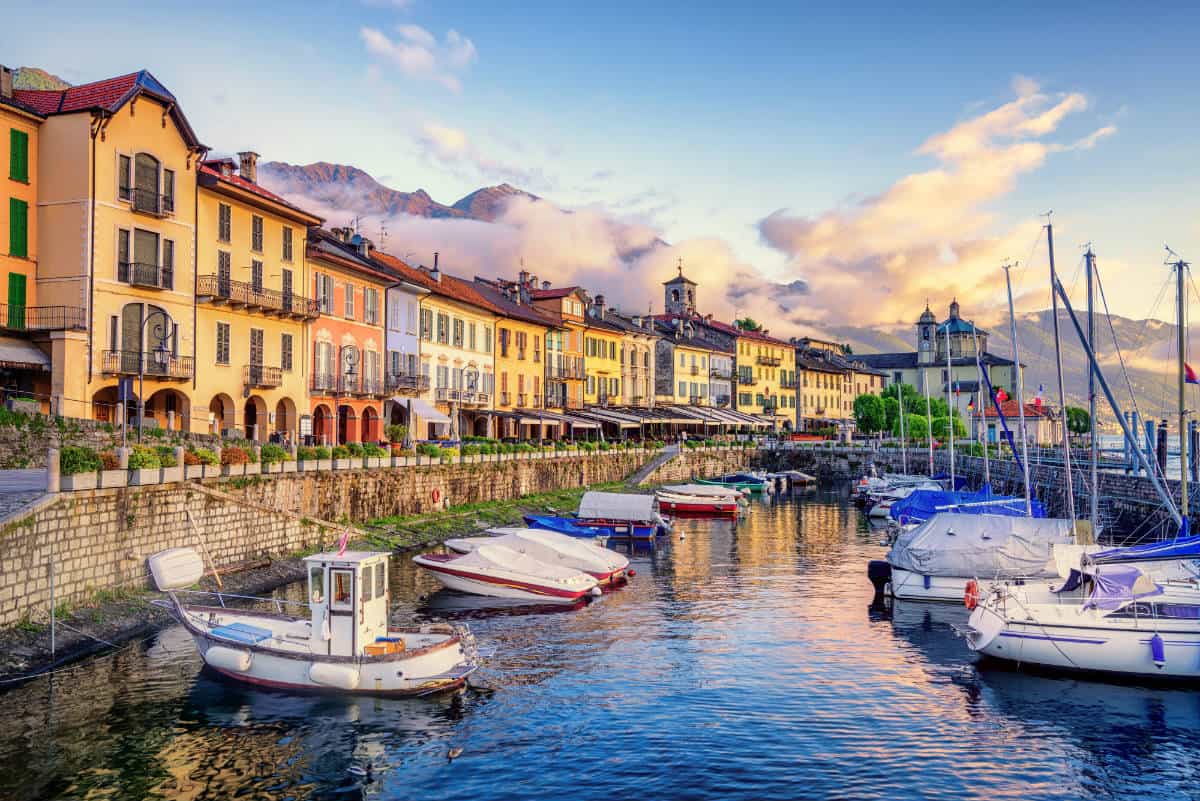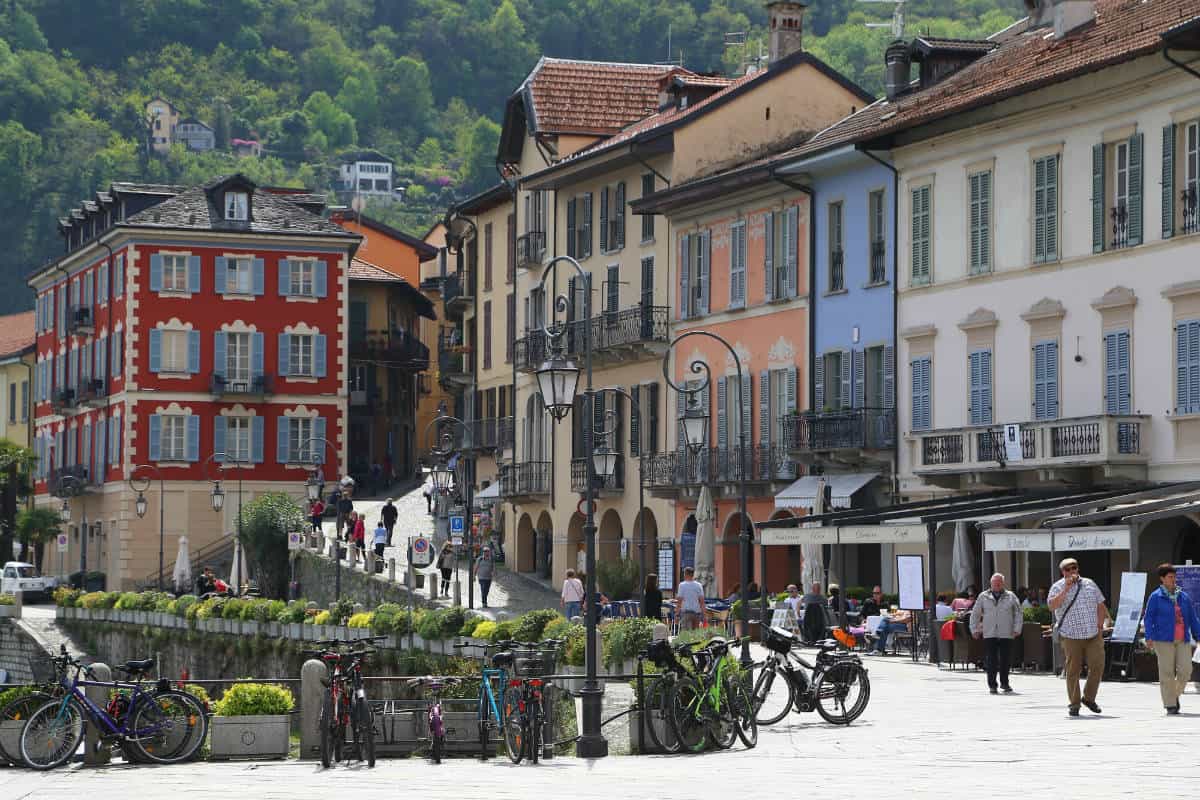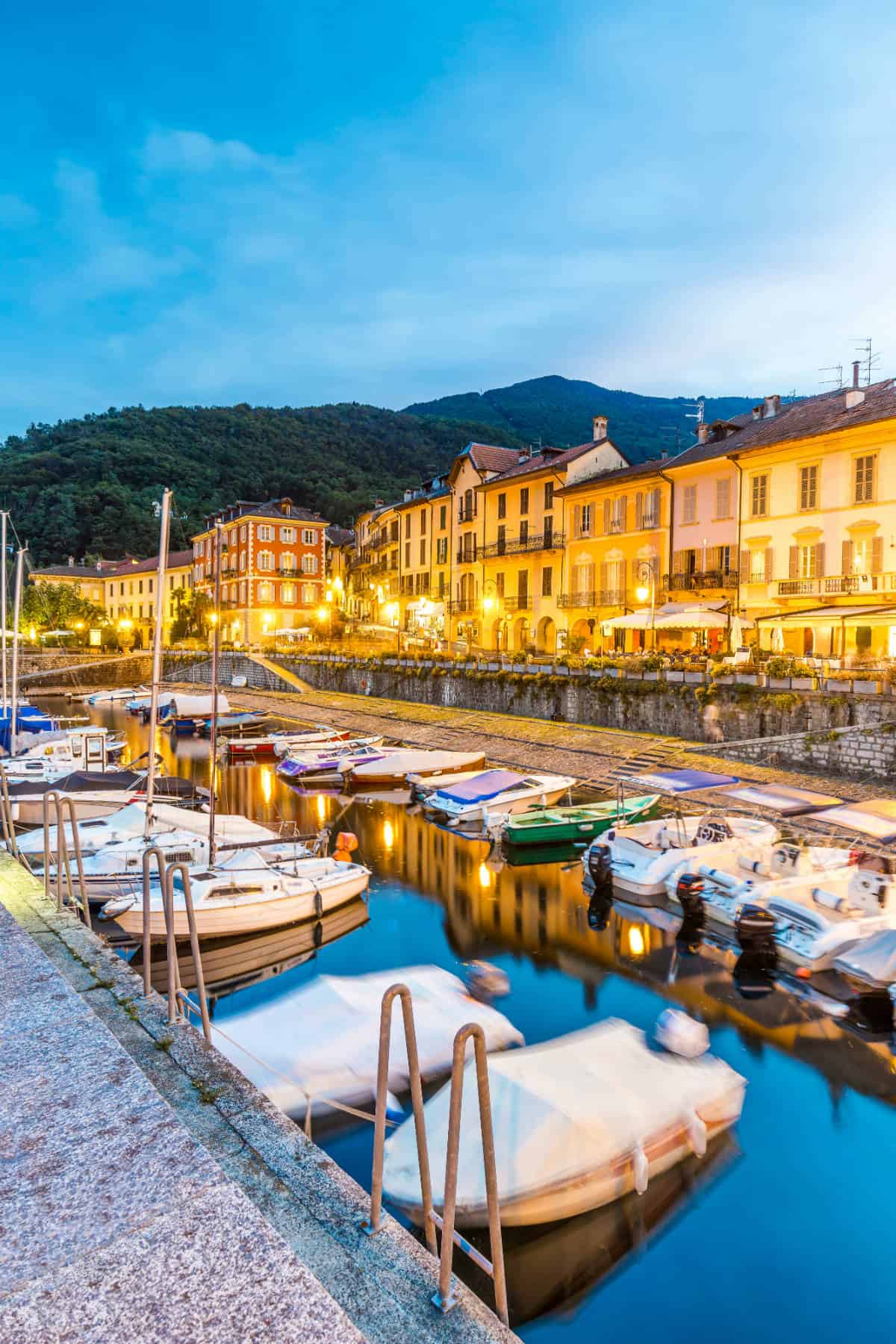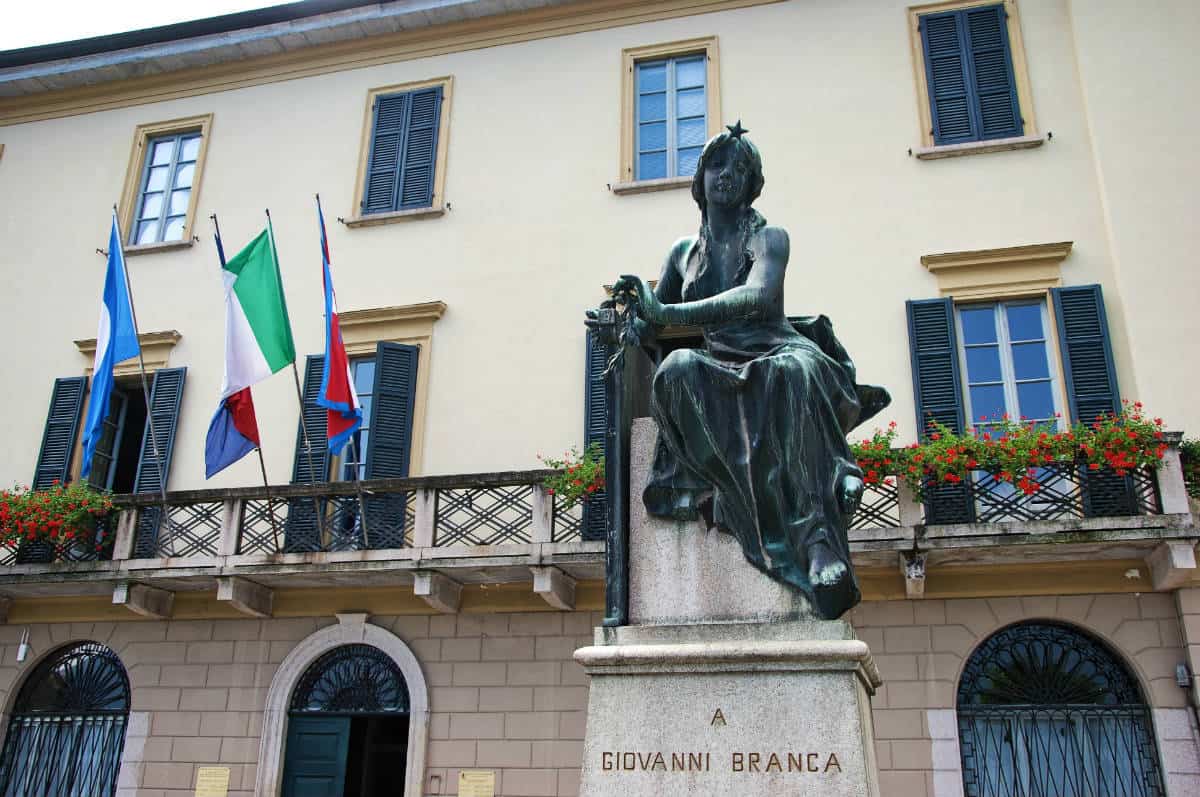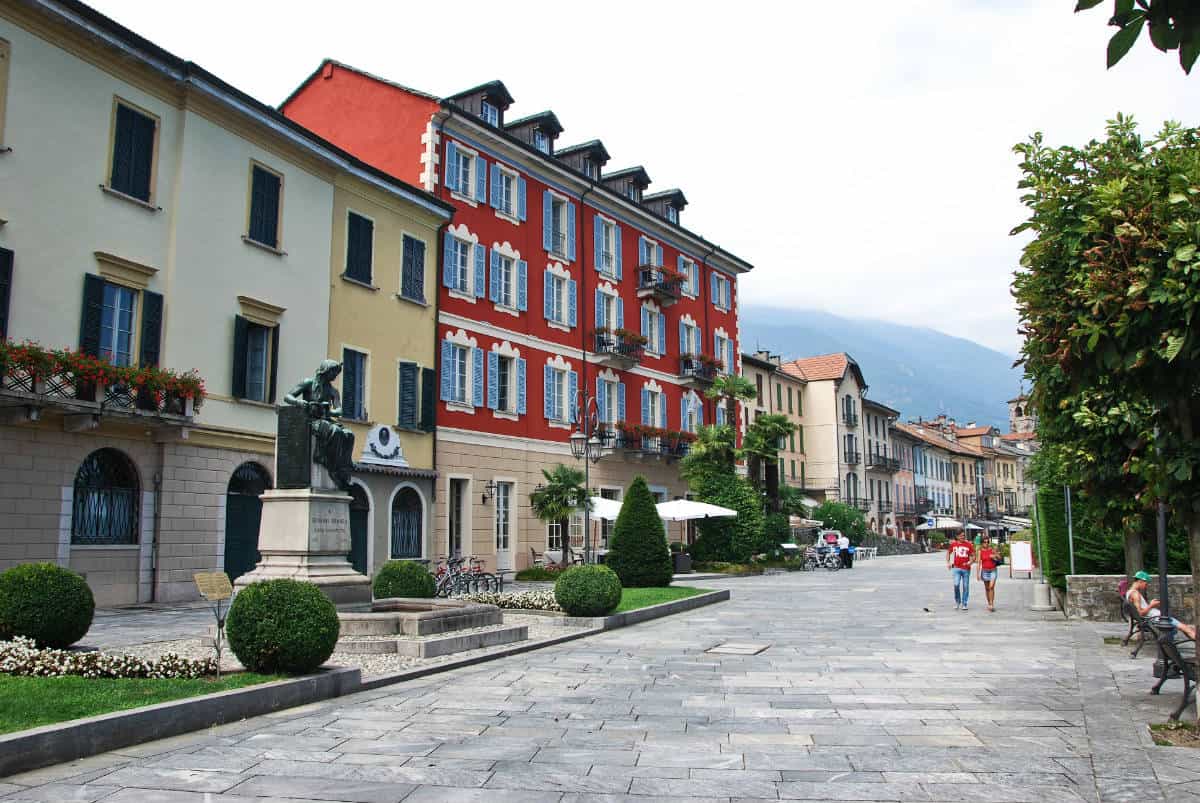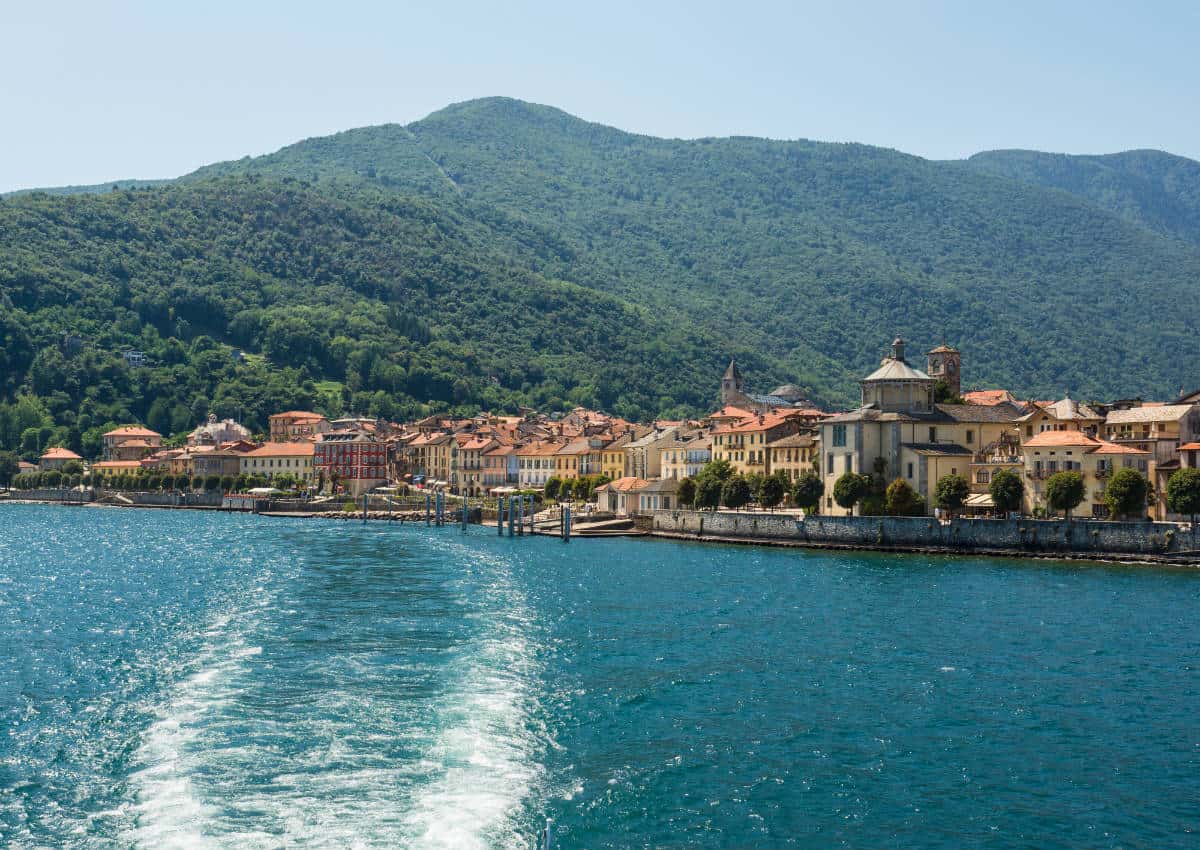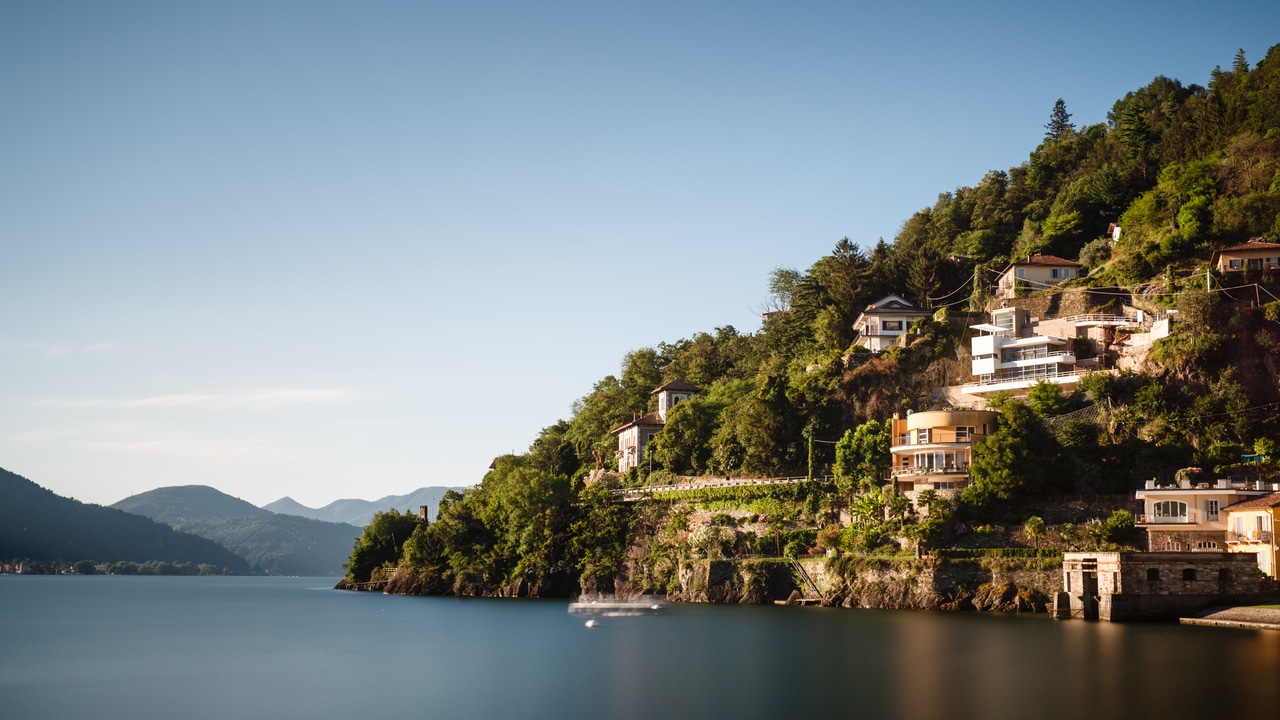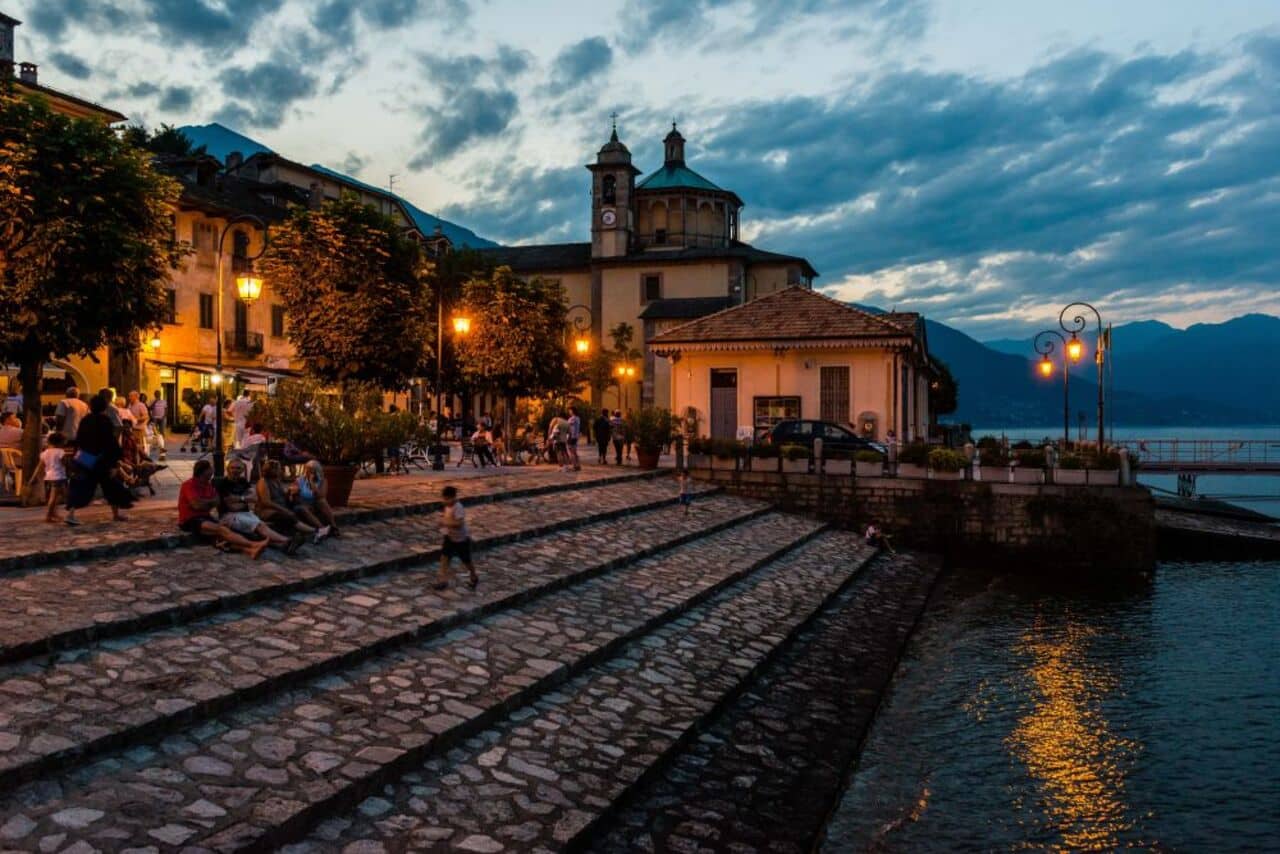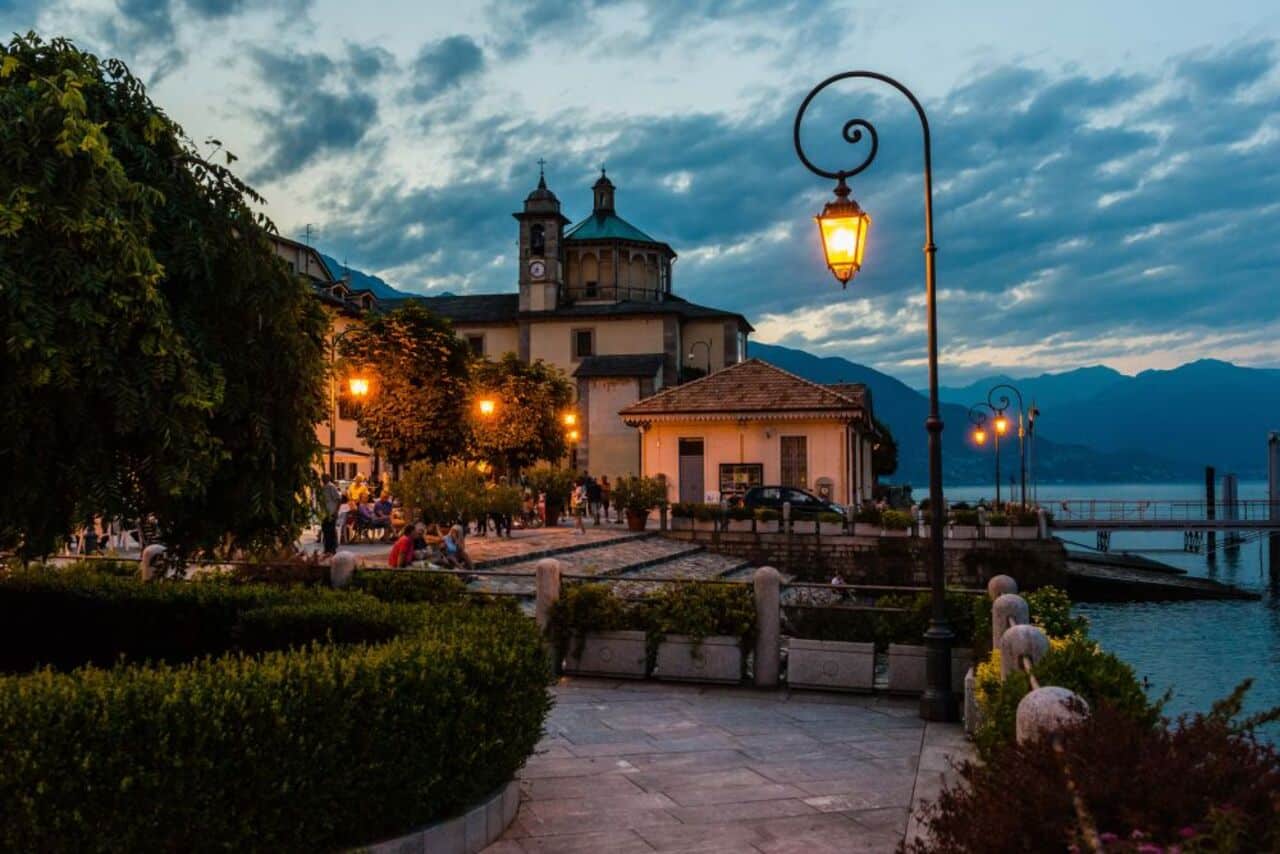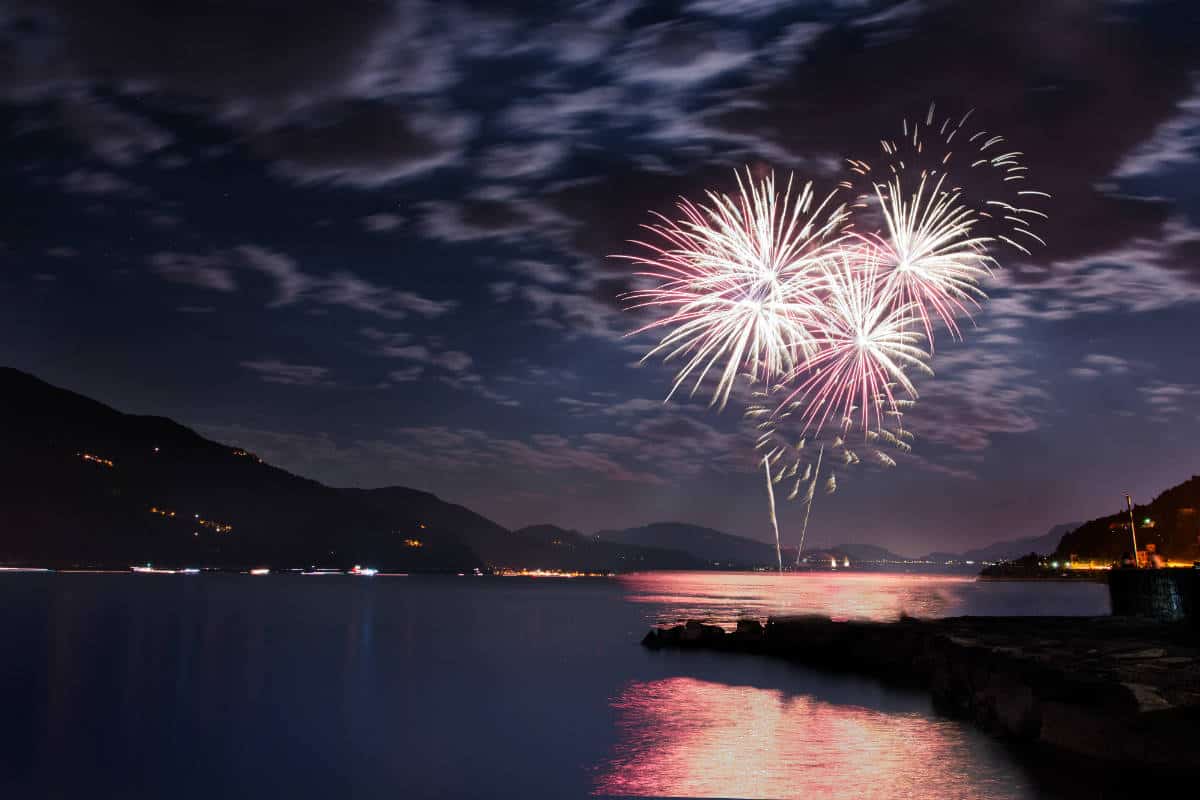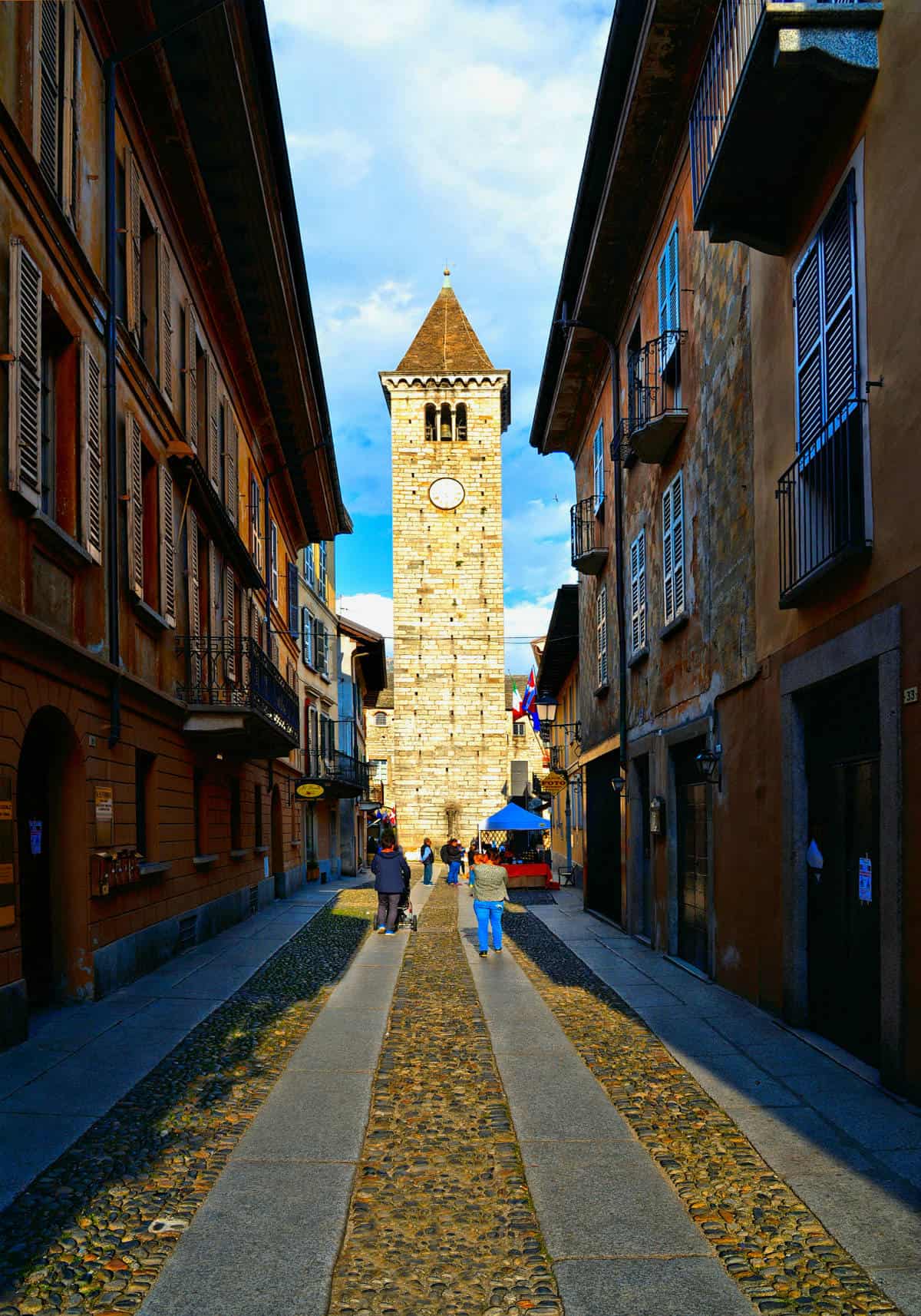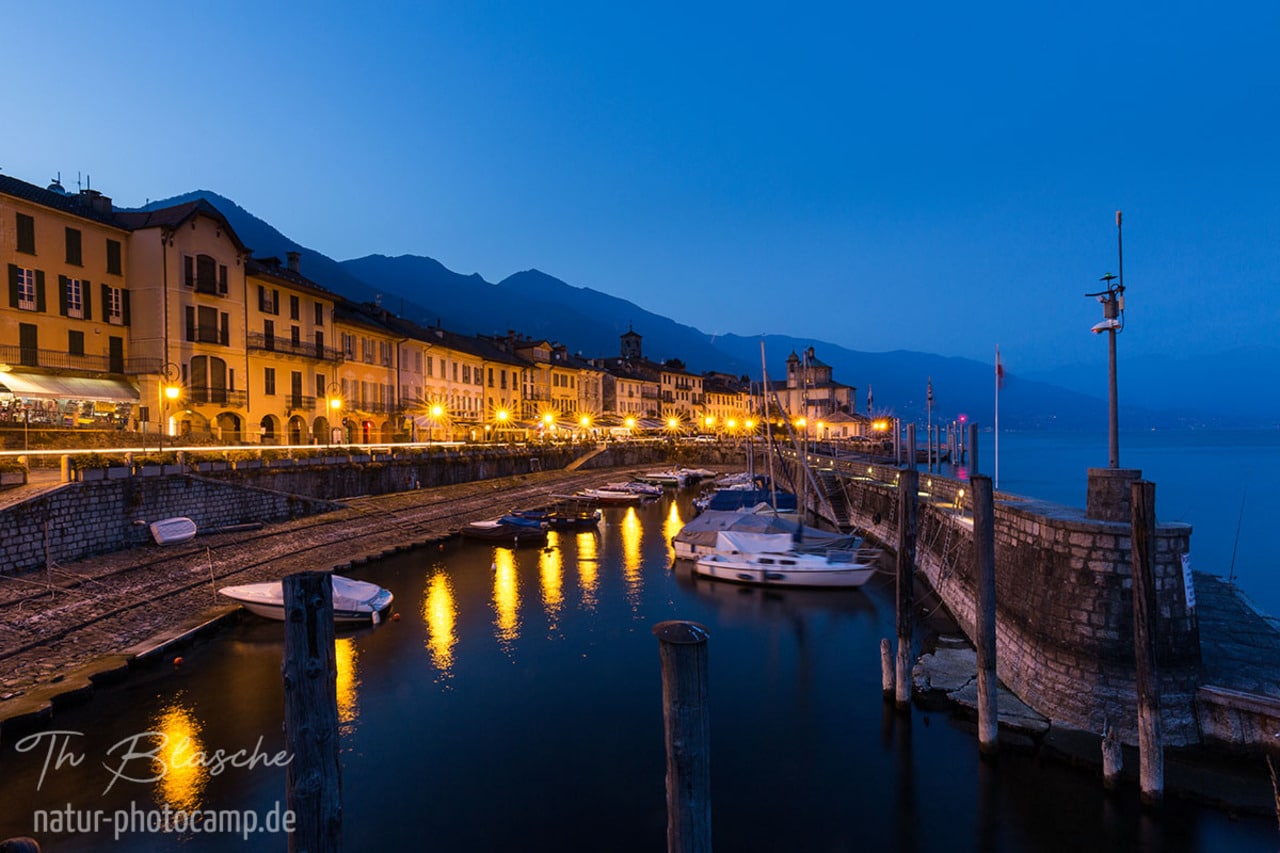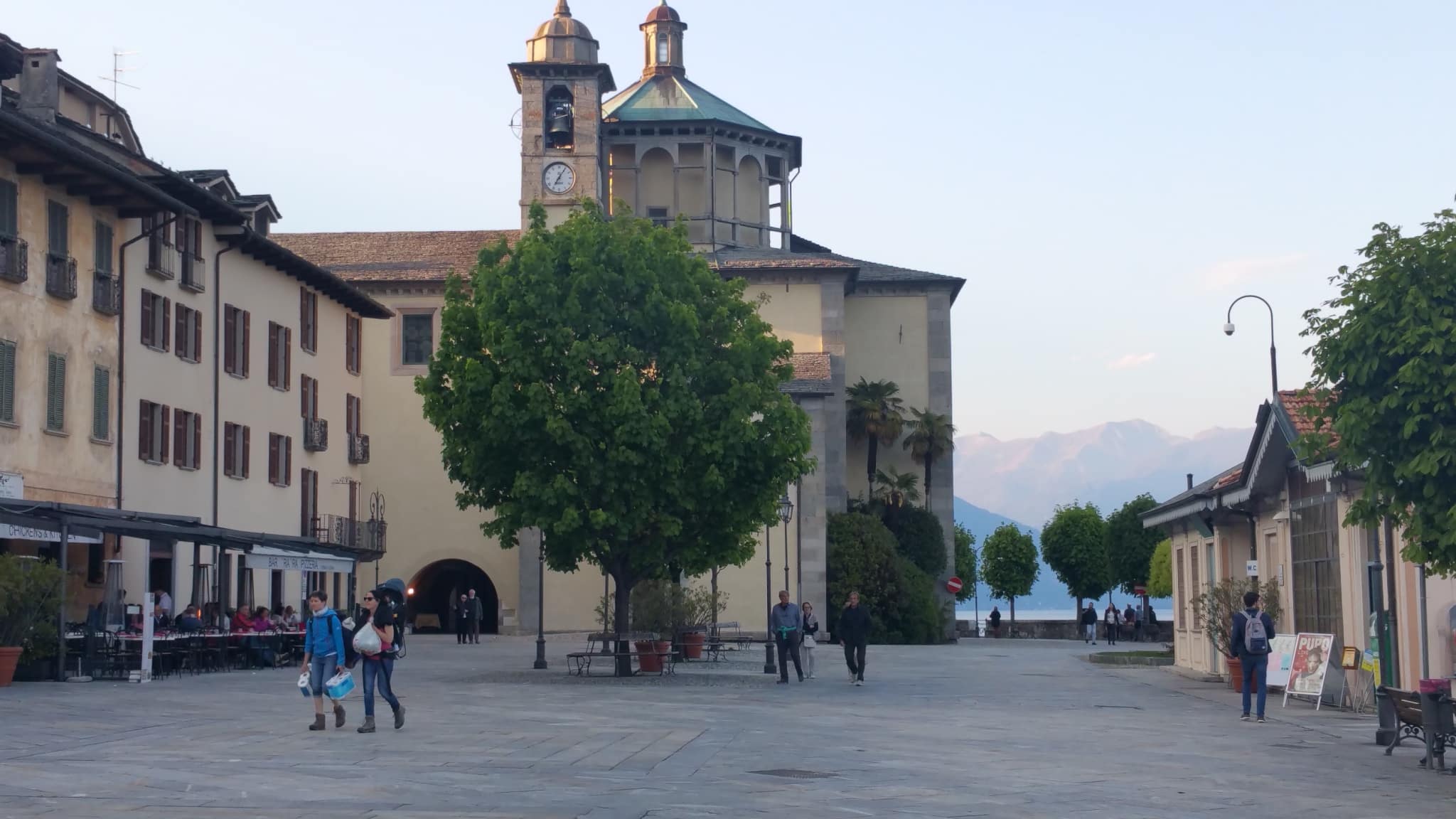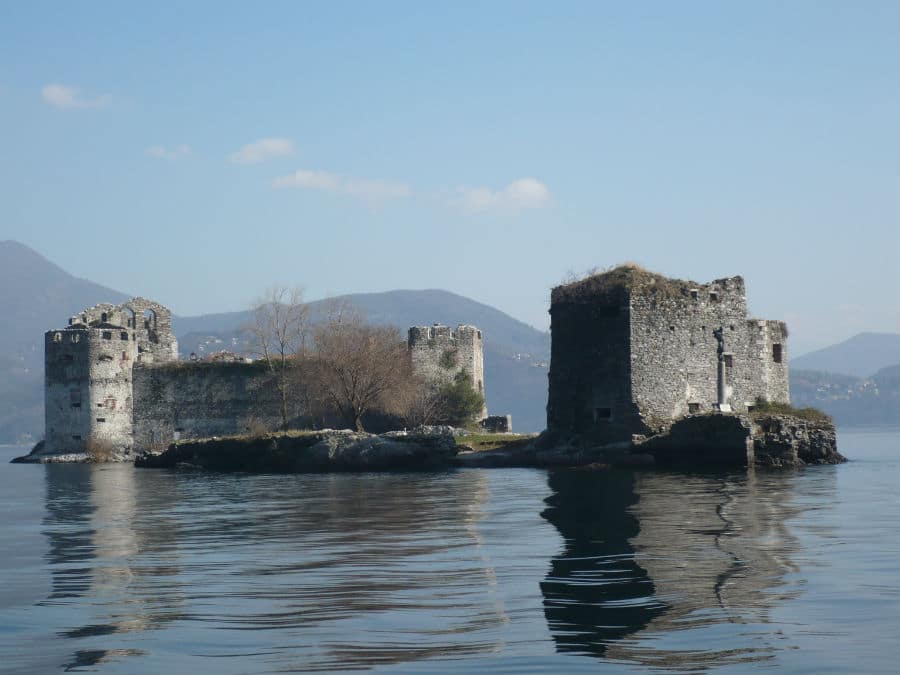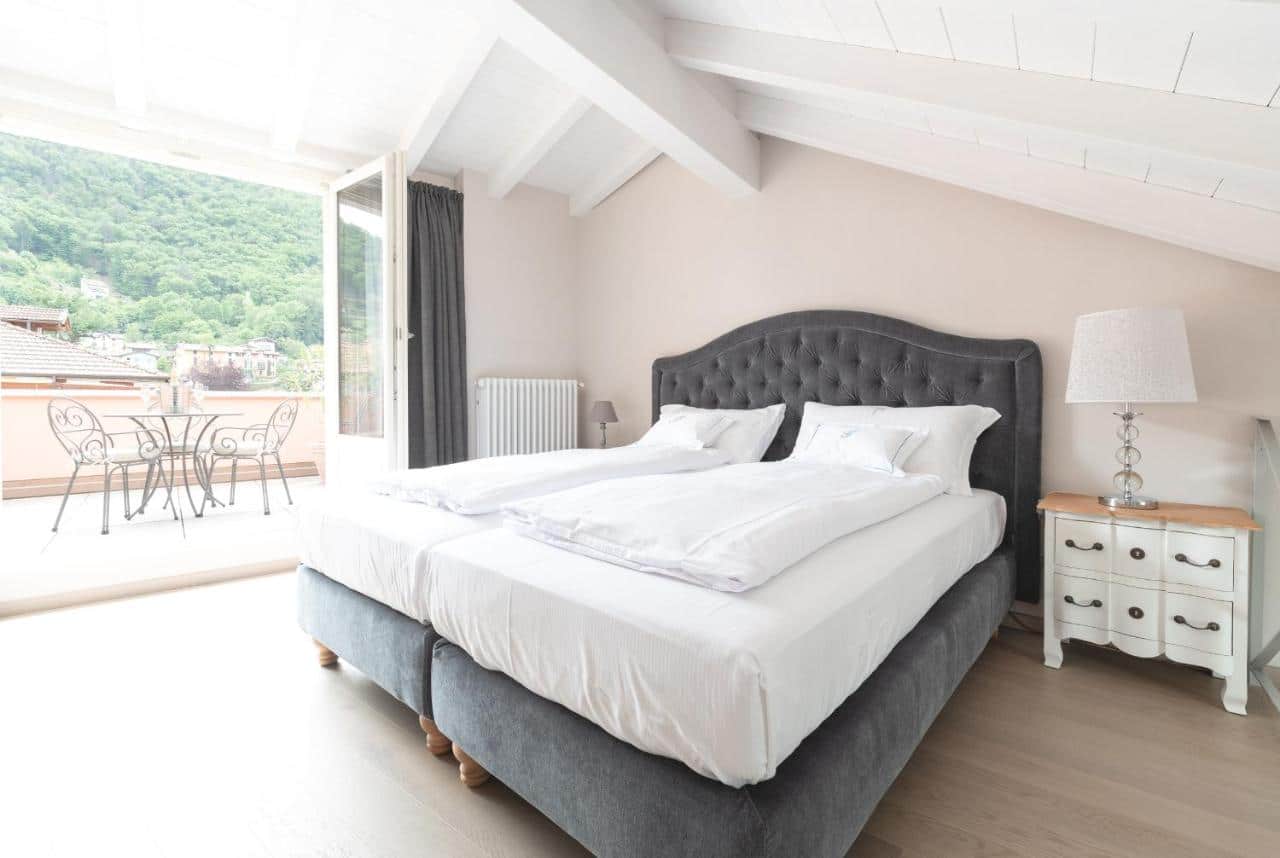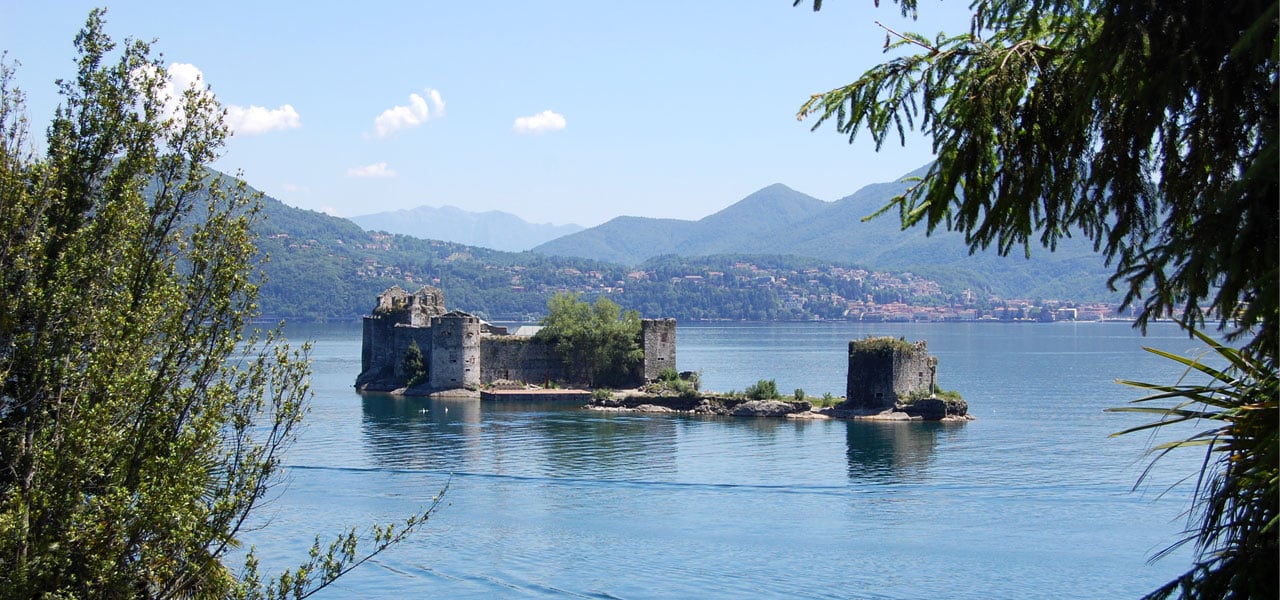Cannobio is a frontier village with Switzerland on the Riva north-west of Lake Maggiore and the mouth of the valley Cannobina, in Piedmont. In spite of the scarcity of the number of inhabitants (little more than 5000), is characterized by a high extension, due to the number of fractions that belong to the village.
The country has ancient origins, perhaps preromane; the demonstrate some burials to cremation, return the light between the XVI and the XVII century near the current track Rezio Field. After the annexation to the Roman Empire in the north of Italy and the alpine valleys (I century a.C.), Cannobio was certainly a commercial center and strategic and seat of a fleet of the lakes. Certain facts about the existence of the village we find them in the X century: in 929 it is known that for certain that it was the seat of a Curtis Regia. The medieval age was without doubt very prosperous, especially from the point of view of manufacturing and commercial, and in 1207 Cannobio had the title of "Borgo". The period of the late-medieval was characterized by the historical bond with the city of Milan, even in the context of the diocesan ecclesiastical and: by virtue of this link Cannobio and some neighboring municipalities used and still use the Ambrosian rite for liturgical functions in contrast to the other centers of the Piedmontese shore of the lake, always linked to the Roman rite. The end of the XIX century was characterized by the introduction of numerous industries, now disappeared, that have characterised the history of the country: silk mill, tanneries, Cartiera, etc.
On the lakeside and along the streets that lead up to the main road you can admire the palaces of the sixteenth and seventeenth centuries. Strolling among the ancient cobbled lanes you can discover the Palazzo della Ragione of the XII century and the Tower of the town, the fifteenth-century house of the pyrones, the sixteenth-century Sanctuary on the lake, the Collegiata di San Vittore of the eighteenth century (the facade dates back however to 1842). In the locality of Traffiume is surprised by an unmissable natural spectacle: the Orrido di Sant'Anna. This is a sparkling waterfall, dug in the rocks by the waters of the torrent Cannobino; nearby is a small church of 1665 dedicated to the Saint. A pleasant excursion, from the lakeside promenade on the road for Cannero, leads to the village of Carmine above that stands alone on a spur of rock overhanging the lake. Here, with a job that lasted for almost a century (1334-1431), was built the church of San Gottardo. Despite being called the Castles of Cannero, actually belong in the municipal territory of Cannobio the two rocky islets that still bear the traces of the ancient fortifications now in ruins.
The constant and favor the presence of wind has allowed Cannobio becoming an important center and a destination of reference for those who practice sailing sports, but also other water sports are well represented also thanks to the fact that, since 2002, and with few interruptions, the country has been awarded the Blue Flag, as the nearby Cannero.
Among the events characteristics is to remember the feast of Lumineri (7 and 8 January) in commemoration of the miracle of piety. On the lakeside develops throughout the period of the year in the picturesque market of Sunday, recall also for neighboring Swiss buyers.


